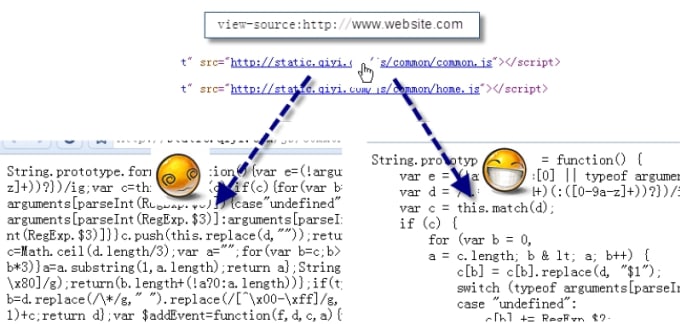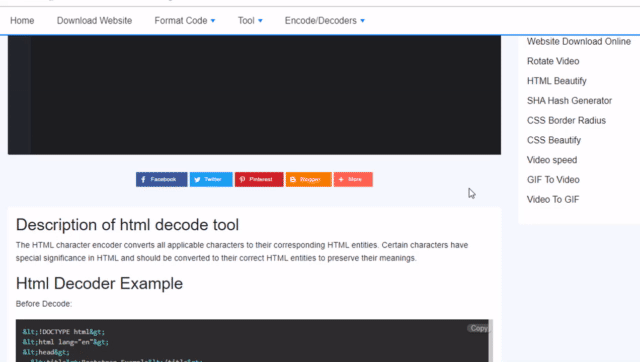


It decodes all escape sequences, including those that are not created by encodeURIComponent, like -.' (). How do I encode and decode HTML entities using JavaScript or JQuery var varTitle 'Chris' corner' I want it to be: var varTitle 'Chris' corner' javascript jquery html Share Improve this question Follow edited at 17:31 albusshin 3,930 3 29 57 asked at 21:32 chris 3,743 3 17 13 16 See this answer. I would like to set up a list of symbols that must be searched for, and then converted to the corresponding html entity.

The problem is that when they add symbols, it may not display well in all browsers.

decodeURIComponent () uses the same decoding algorithm as described in decodeURI (). 164 I am working in a CMS which allows users to enter content. Quotes escaping is needed when you're constructing HTML as a string with untrusted or quote-containing data at the place of an attribute's value. Description decodeURIComponent () is a function property of the global object. Those ASCII characters must be encoded to properly display the output. As such, I believe as well that it would be beneficial to share two distinct (proven) means of carrying out this task programmatically for others in the online community. Whenever text is copied from a webpage, our browsers directly copy the decoded characters that could not be displayed in the browsers. There are no JavaScript built-in functionalities to encode or decode HTML entities. It decodes all escape sequences, including those that are not created by encodeURIComponent, like. but would look like this to a visitor: The two textboxes below will let you fully escape and unescape any text you want.
decodeURIComponent () uses the same decoding algorithm as described in decodeURI (). .It is done context-dependently, that's why this jQuery method doesn't encode quotes and therefore should not be used as a general purpose escaper. Web encoding properly displays the text or string in the browsers. decodeURIComponent () is a function property of the global object. As such, I believe as well that it would be beneficial to share two. Also you can see that in the resulting HTML not everything is encoded, only the minimum that is needed for it to be valid. There are no JavaScript built-in functionalities to encode or decode HTML entities. So if your final goal is to insert some data into the document, by doing it this way you'll be doing the work twice. no HTML-specific characters have side effects since it's just text) and then you retrieve the HTML content of that element - which is the text but with special characters converted to HTML entities in cases where it's necessary. by accessing innerHTML - this is what happens when you run $('').text(value).html() suggested in other answers. What this does is creating a dummy element, assigning your string as its textContent (i.e. ** Unless you explicitly convert it to actual HTML afterwards.
Input NOT equal to output.
2.* This answer is not intended for server-side JavaScript users (Node.js, etc.) Support the development of JSFiddle and get extra features 1. Lists Unordered Lists Ordered Lists Other Lists HTML Block & Inline HTML Classes HTML Id HTML Iframes HTML JavaScript HTML File Paths HTML Head HTML Layout HTML Responsive HTML Computercode HTML Semantics HTML Style Guide HTML Entities HTML Symbols HTML Emojis HTML Charset HTML URL Encode HTML vs.Var el = document.getElementById('first') Ī.textContent = 'Search for "exact" term' Ĭonsole.log(a.outerHTML).


 0 kommentar(er)
0 kommentar(er)
